Australia’s Agriculture and Energy Sectors Clash Over Water
Rural culture and the industrial economy are at odds.
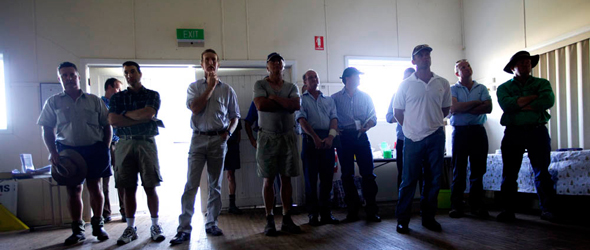
By Nadya Ivanova
Circle of Blue
GUNNEDAH, Australia — The scale and rapid development of Australia’s coal seam gas industry is changing the social fabric of the country’s small towns and farming regions. Drilling has bruised agriculture’s ego by challenging the decades-long idea that rural areas should be quiet places where landowners have the biggest say.
“I don’t want to live in a gas field,” says Rosemary Nankivell, a farmer and rancher in the Liverpool Plains, an extensive pastoral area in New South Wales. She clutches a phone in her left hand, resting her elbows on the kitchen countertop in the house that her family built in 1956. “The harder it gets, the more committed I am at the moment. I am a bit like one of those funny old blue heeler dogs that hang on and are still hanging on, when they should have given up and gone and had a drink of water.”
In the Liverpool Plains and elsewhere, the energy industry is bringing hundreds of temporary workers to cohesive small communities and steadily changing the landscape with wells, gravel roads, pipelines, and collection ponds that farmers say are obstructing their cropping patterns. Furthermore, building wells on farmland also lowers the value of surrounding farming properties, while returning little of its big profits back to the local economies, according to some economic reports.
“We’ve talked the talk for the last three years. Now we’ll have to prove we’ll do no harm,” said Mark Rodgers, a former farmer who is now employed as the Gunnedah region’s land access coordinator for Santos, an Australian energy company.
But even as both sides argue, often talking past each other, the one impediment that cannot be ignored, say geologists and hydrologists, is the water supply.
“[Coal seam gas and agriculture] are two industries at play here, and not one industry and one romantic pursuit,” Chris Moran, groundwater specialist at the University of Queensland, told Circle of Blue. “And sometimes we get that a bit confused, as coal seam gas is now a second industry coming on top of an existing industry. That actually is going to create friction.”
Energy industry executives and the hundreds of people employed in the coal mines and gas fields in Australia have a differing view. They assert that critics exaggerate the dangers and that markets both inside and outside of Australia are eager for the coal and natural gas that the nation supplies. Moreover, the development of Australian coal seams for natural gas is part of a global fossil fuel boom that is recharging economies in the West, shifting the balance of trade, and prompting record growth in Asia.
Energy and agriculture — Australia’s two great primary industries — are some of the largest users of water in the country, as they are in most other industrialized nations. And in the states of New South Wales and Queensland, which share distinction as some of Australia’s most important food and energy development zones, the challenge of ensuring adequate, clean water and land for both industries has not been assured.
Two Industries, Two Problems
In a nation buffeted by recurring droughts, it is not surprising that public anxiety about the gas industry has grown dramatically as the energy sector has stepped into highly productive agricultural regions.
Soaring energy production requires a lot of water in a nation that is already over extracting from its rivers and aquifers, primarily to supply the farm sector and growing cities. Over the next 25 to 35 years, the coal seam gas industry alone could pump between 300 million and 1.5 billion cubic meters (80 billion and 400 billion gallons) of water annually in Queensland and New South Wales, the two states at the epicenter of the nation’s hydrocarbon boom. This is between two and nine times more than what the entire mining industry is currently using in these two states.
And, some experts say, it could add even more stress in a region that is already extracting 23 times as much water for agriculture than for mining.
“These water systems are already vastly over-extracted, and there are very severe environmental consequences [to taking additional water],” said Dr. James Pittock, researcher at the Australian National University in Canberra, the nation’s capital.
Agriculture currently comprises about half of Australia’s water use, down from 65 percent during the 2004-05 fiscal year, when a dire drought in the country forced many farmers to vastly improve their water practices. Reining in often wasteful water use by irrigators is at the center of a controversial plan to manage Australia’s largest river system, the Murray-Darling Basin, where current extraction does not leave enough water for the environment. But ensuring enough water for farming is an important priority in a dry country that sources more than 10 percent of its GDP from agriculture and prides itself as a major global food exporter.
The nation is also quickly becoming a major global energy exporter, however. There is rising demand for natural gas — particularly in Asia — and Australian companies are eager to produce the resource from coal seams, shipping it as liquefied natural gas (LNG) to China and other customers. According to industry estimates, Australia has about 250 trillion cubic feet of coal seam gas reserves, enough to power a city of 1 million residents for 5,000 years.
The Great Artesian Basin, among the world’s largest underground water reserves, is a major source of water supplies to farms and cities. It also underlies most of the nation’s coal and coal seam gas reserves, as well as Australia’s ailing Murray-Darling Basin. Current total extraction from the Great Artesian Basin is about 540 million cubic meters (143 billion gallons) a year, or almost twice as much as the coal seam gas industry is expected to pump out from underground aquifers each year, according to Australia’s National Water Commission.
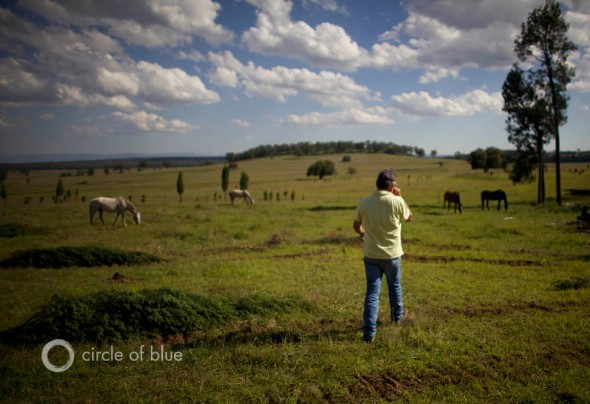
In other words, the risk is not so much of the Great Artesian Basin being depleted as it is what to do with all that produced wastewater.
Critics say that the drilling process could foster leakages between different underground layers or that it could depressurize clean aquifers, making it harder for farmers to access their water. They also fear that coal seam extraction and conversion to natural gas could produce large quantities of wastewater, which is often a salty brine that requires treatment.
Although some companies have proposed to treat and inject the produced wastewater back into aquifers, the majority is treated in facilities on the ground and later released into streams and rivers. Additionally, the tens of millions of tons of salt, which is a by-product of extracting and treating the briny underground water, is largely stored in evaporation ponds — and can escape in floods — though state governments want companies to convert the salt into marketable products.
Yet, despite potential problems for both water supply and quality, Australia’s coal seam gas production has more than doubled over the last decade, according to the Reserve Bank of Australia, emerging as a booming AUS$ 70 billion industry, particularly in Queensland, where 9,000 workers are employed in the gas industry.
Throughout Queensland — and more recently in New South Wales — gas companies are steadily piercing the landscape with drilling rigs. Hotels and motels around construction sites are full. Workers fly in and out. Television stations air daily commercials highlighting the benefits of the gas industry for regional and state revenues, jobs, and even for the farmers themselves.
According to Federal Resources Minister Martin Ferguson, current investments could propel Australia from the world’s fourth-largest LNG exporter to the second, after Qatar, and perhaps even the largest, by 2018.
Energy Perspective
The industry says it has been producing coal seam gas in Australia for 15 years and that better science and safety measures mean that water quality and supply will not be affected.
“As we’re going forward here, we’re providing and doing a lot of monitoring of all the well bores; we’re working in order to continue to deepen our understanding; and, as we get new information, we reincorporate it,” David Knox, the CEO of Santos, told the Australian Broadcasting Corporation last December. “But what we absolutely support is good, quality science. And, in order to do that, we need to drill holes, we need to explore, and we need to seek understanding.”
Yet, according to Dr. Peter Stone, scientist at the Commonwealth Scientific and Industrial Research Organization (CSIRO), there is still very little understanding of the actual effects of the industry on water reserves.
“What we are seeing today is a great deal of concern or debate of what may happen, more than specific instances of impact,” he said.
Farmer Protests
Meanwhile, farmers are pressing the government to undertake research on gas drilling’s effects on water supply and the treatment of the large quantities of wastewater produced. Moreover, farmers and environmentalists — once unlikely partners — are forming coalitions to respond to the new risks to water supply, now that the energy industry has entered the arena as a stakeholder.
Rural landowners are concerned about the potential that the energy sector will pollute and deplete water supplies, damage aquifers traditionally tapped for irrigation and domestic uses, and reduce the capacity of food-producing land. Environmentalists worry that the growing energy industry will take from the environment’s ever-declining share of water.
“I just feel we have no choice. Our water is a finite resource. Once it’s damaged, that’s it,” said Lisa Norman, a Liverpool Plains farmer whose property sits within 800 meters (2,600 feet) of a gas exploration site, and several kilometers from two proposed coal mines. “Coal and gas resources come and go, they come up with new sources of energy — but our water: we all need water to survive.”
New South Wales At The Center
Nowhere have the interests of Australia’s two primary industries — agriculture and energy — clashed more heavily in recent years than in the Liverpool Plains of northwestern New South Wales. Just outside the Hunter Valley, the region is endowed with rich black soil, good climate, and generations of farming ethos that make it some of the best agricultural land in Australia.
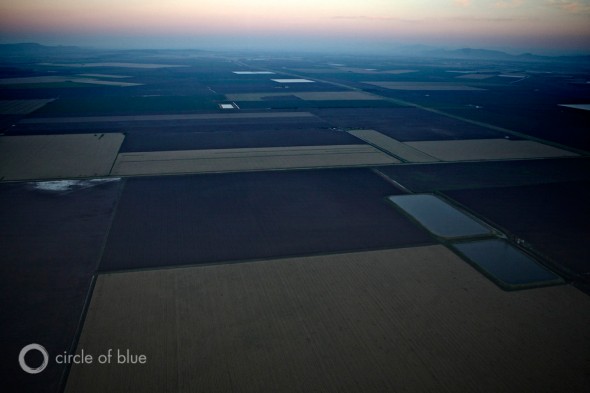
Normally mingling at tennis and tea parties, Liverpool Plains farmers are now bonding at protests and blockades against Santos, which plans to drill for coal seam gas in the region. The company currently operates six exploration licenses and several pilot testing wells in a region that spans about 22,000 square kilometers (8,500 square miles), and it plans to start commercial gas production around 2017.
“It is wartime. There is no question agriculture is fighting for its life,” farmer Tim Duddy says, his voice building to a slight crescendo. As he speaks, the sun lights the long table in his front yard that he has just set with hot tea, milk, scones, marmalade, and honey.
Many of the Liverpool Plains protests against the energy industry are organized by Duddy, who serves as a spokesman for the Caroona Coal Action Group, a community organization. Duddy’s house is on a small hill, overlooking grazing cattle and fields of cotton, sorghum, canola, barley, sunflowers, and corn. His property also sits on a mining exploration lease by BHP Billiton, a coal mining company. The small hills just beyond could soon be host to a proposed open-cut mine for Shenhua Watermark, a subsidiary of Shenhua Energy, the Chinese state-owned giant. Both the mining and gas projects have farmers worried about the consequences for underground aquifers, as well as the dust and noise effects. Landowners insist that the energy industry will irrevocably change their farming. They also question the value.
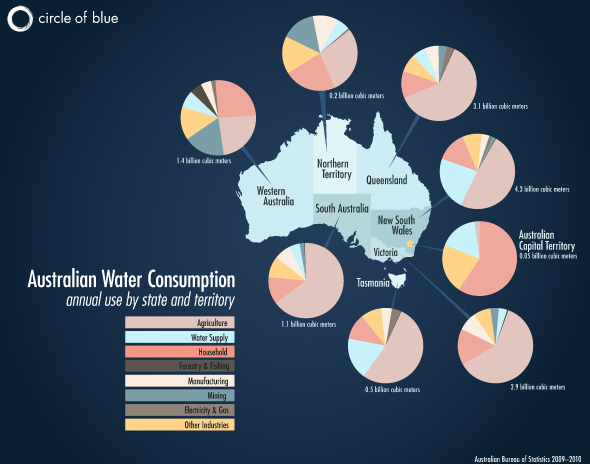
“You have, on the one hand, a farming industry that looks at the long term. If you look at the return on our investment by percentage wise, you are in it for the long haul,” Duddy tells Circle of Blue. “Whereas the gas industry: in three years, it’s starting to reach its peak; in nine years, it’s just about peaked out; and in 15 years, it’s gone.”
The mining and drilling industries respond that they are bringing billions of dollars in royalties, income taxes, and export earnings, as well as creating local jobs and boosting demand for a range of local goods and support services.
“New South Wales can have a safe and sustainable coal seam gas industry that co-exists with agriculture and delivers real economic benefits to the wider community,” James Baulderstone, vice president for Santos, said in a February 2012 news release.
In a recent report, Santos said that its plans to develop the coal seam gas reserves of northwest New South Wales, including the Liverpool Plains, could deliver a AUS$ 821 million per year boost to the state’s economy through 2035 and create about 2,900 ongoing full-time jobs. In neighboring Queensland, where the coal seam gas industry is soaring, the state’s government estimates that the gas projects will create around 18,000 direct and indirect jobs and generate around AUS $1 billion per year in state revenues.
Though coal seam gas industry executives assert that their drilling practices are responsible and that opponents exaggerate the potential for damage to water resources, Duddy is not convinced.
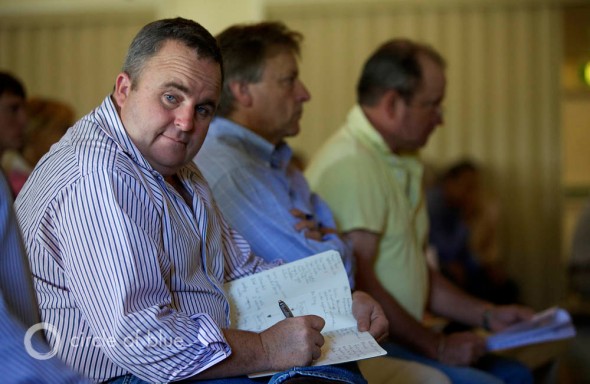
He turns his back and looks out over the plains: “When you wake up one morning as a farmer, and there are two locusts on the lawn, you actually think, ‘Oh, look at those! Aren’t they actually pretty green?’ You wake up the next morning, and there are 65 million of them sitting out there. You go, ‘Christ, we’ve got a problem!’”
“Well, this is where we are,” he says. “There are 65 million of them at the front lawn, and we’ve got a problem. Because, when there were two, it wasn’t a problem.”
The Long Haul
Nearby, Duddy’s cousin Rosemary Nankivell — a farmer here in the Liverpool Plains, with 2,200 hectares (5,400 acres) of land and 1,000 heads of cattle — is busy typing e-mails, posting Twitter updates, reading Google alerts, and writing statements to the government, the energy industry, and the farming community.
“In the early stages of the campaign, when no one knew anything about coal seam gas, I was probably spending 60 to 80 hours a week writing letters, researching, doing all this sort of stuff,” she says of the last three years since Santos announced it was starting to explore for gas in the area. “But it takes a huge gap out of my life. I probably set aside at least 4 days a week, fulltime. So the farming thing is turning into a bit of a nightmare, really… Before I was a farmer — mostly I am a farmer — but unfortunately I don’t spend as much time doing what I should be doing.”
What Nankivell has been doing is rounding up the troops. Last October, she helped mobilize more than 150 people for a three-week blockade to stop the drilling of a coal seam gas exploration well in the Liverpool Plains.
“In Queensland, [the coal seam gas industry] just snuck in and got away with it, and it happened so quickly,” she continues. “People out there were a lot more desperate for money, and they’ve just come out of drought… They are getting pathetic money, but they accepted it.”
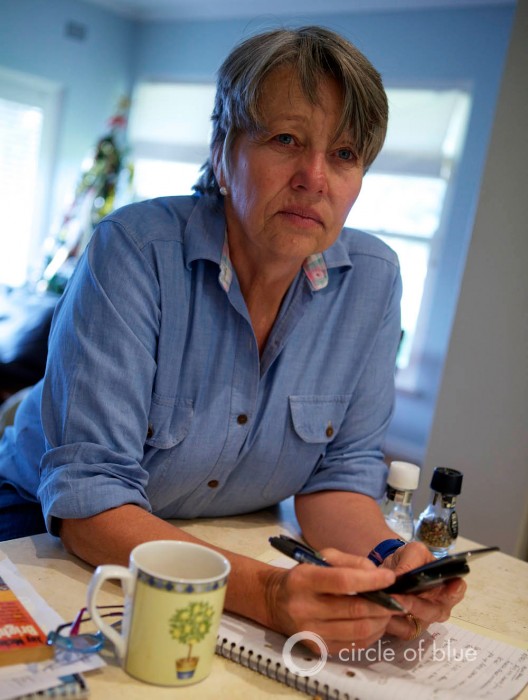
Nankivell believes that farmers in New South Wales will be more resistent than their neighbors in Queensland, since most families in her distrcit have been here for many generations. She calls it a “district ethos” — farmers here pass property on to the next generation.
“We sort of think we are here for a long time,” she says, smiling. “And we have an obligation to pass it on in as good as, or even better, condition than what we received it in.”
“We think that farming has a great future. But with issues like climate change, huge population increases, urbanization, depletion of groundwater — I think farming has a lot of challenges in front of us. But it’s always been a good industry and whether you like it or not, it’s a great way of life and it’s essential for the future.”
This is the second story in a three-part series about Australia’s coal and coal seam gas boom. Read the first story on the global demands that are driving Australia’s coal and gas export boom.
Reporting in Australia was supported in part by an Eric Lund Global Reporting and Research Grant at Northwestern University’s Medill School of Journalism.
Aaron Jaffe is a Chicago-based multimedia producer for Circle of Blue. Amanda Northrop is an undergraduate student at Grand Valley State University and a Traverse City-based design intern for Circle of Blue. Reach them at circleofblue.org/contact.
, a Bulgaria native, is a Chicago-based reporter for Circle of Blue. She co-writes The Stream, a daily digest of international water news trends.
Interests: Europe, China, Environmental Policy, International Security.

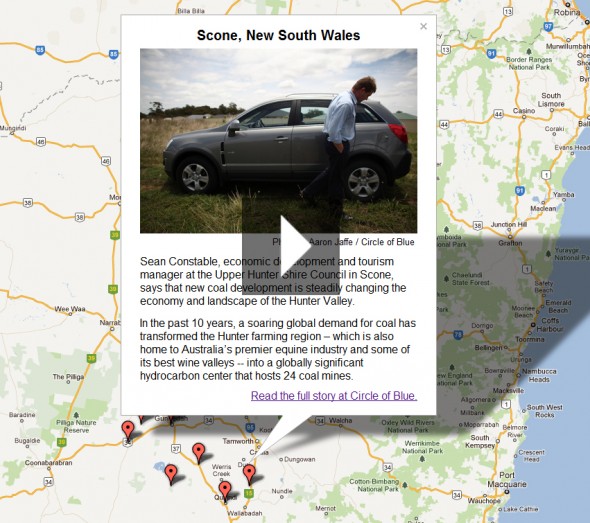
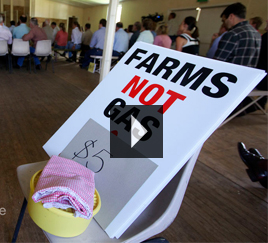
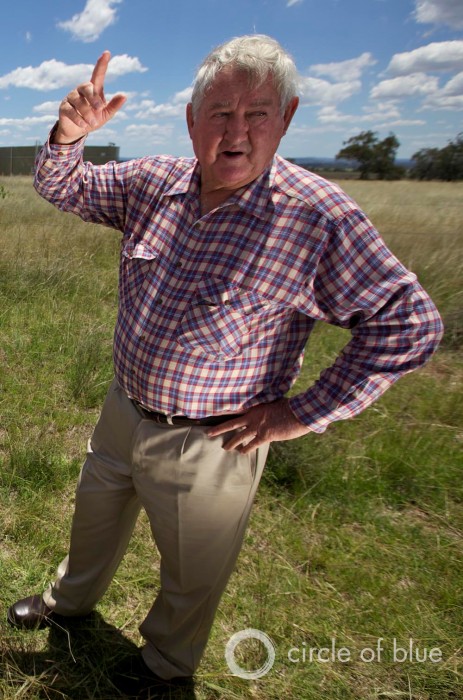
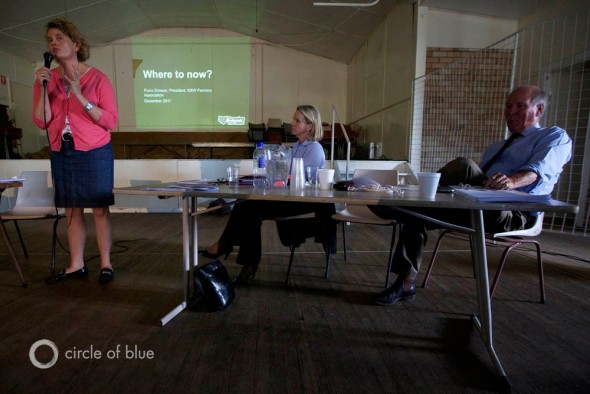
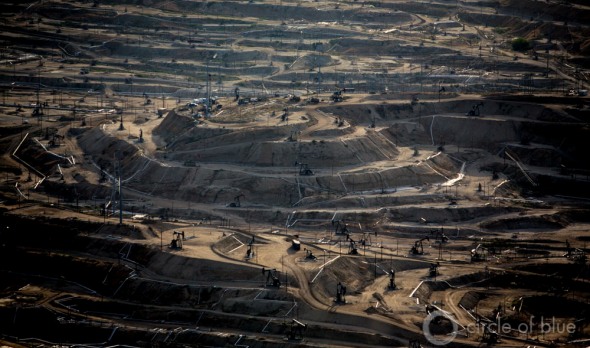

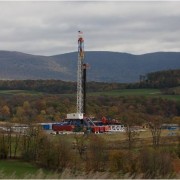
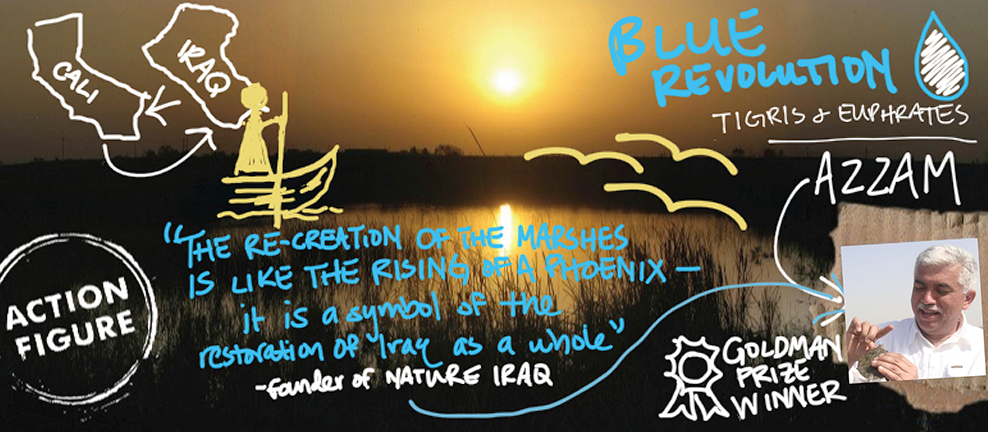
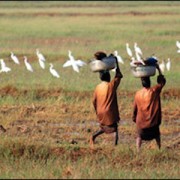


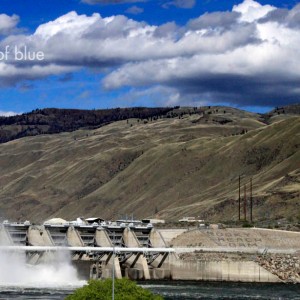

Leave a Reply
Want to join the discussion?Feel free to contribute!